 [Image: “St. Mark’s Place, with campanile, Venice, Italy,” via the Library of Congress].
[Image: “St. Mark’s Place, with campanile, Venice, Italy,” via the Library of Congress].
Following a number of recent events for A Burglar’s Guide to the City—discussing, among other things, the often less than clear legal lines between interiors and exteriors, between public space and private—I’ve been asked about the Jewish practice of the eruv.
An eruv, in very broad strokes, is a clearly defined space outside the walls of the private home, often marked by something as thin as a wire, inside of which observant Jews are permitted to carry certain items on Shabbat, a day on which carrying objects is otherwise normally prohibited.
As Chabad describes the eruv, “Practically, it is forbidden to carry something, such as a tallit bag or a prayer book from one’s home along the street and to a synagogue or to push a baby carriage from home to a synagogue, or to another home, on Shabbat.”
However, “It became obvious even in ancient times, that on Shabbat, as on other days, there are certain things people wish to carry. People also want to get together with their friends after synagogue and take things with them—including their babies. They want to get together to learn, to socialize and to be a community.”
While, today, “it is an obvious impracticality to build walls throughout portions of cities, crossing over or through streets and walkways, in order to place one’s home and synagogue within the same ‘private’ domain,” you can instead institute an eruv: staking out a kind of shared private space, or a public “interior,” as it were. The eruv, Chabad continues, is “a technical enclosure which surrounds both private and hitherto public domains,” and it “is usually large enough to include entire neighborhoods with homes, apartments and synagogues, making it possible to carry on Shabbat, since one is never leaving one’s domain.”
In fact, the space of the eruv can absorb truly huge amounts of an existing city, despite the fact that many people will not even know it exists, let alone that they have crossed over into it, that they are “inside” something.
So the question I’ve been posed—although I will defer to more learned colleagues for an informed and accurate answer—is: what does the eruv do to concepts of burglary, if everything taking place inside it, even if technically “outside,” is considered an interior private space? In other words, can any crime committed inside an eruv be considered an act of burglary?
These questions reminded me, in fact, of a commenter named Federico Sanna, who recently pointed out here on the blog that the city of Venice has instituted a new regime for public space in the city by recognizing the entirety of Venice as an eruv.
Reading this with the messy help of Google Translate, the Venetian mayor has signed a law “attesting that the entire city can be considered as one large ‘house,’” or eruv, extending domesticity to the entire metropolis. This eruv will exist for five years, after which, presumably, it will be renewed.
As Sanna points out in his comment, “It must be said: Venice is the place that invented the Ghetto. And this is the 500th anniversary of that event. Venice is the first city to ever constrain Jews in one tiny portion of its urban space–another act that generated architecture, making buildings grow higher and higher to accomodate the growing Jewish population. It is significant, then, if not altogether timely, that it’s Venice that makes this symbolic move of inclusiveness for the first time.”
What effect—if any—this might have on the legal recognition of burglary remains, for me, an interesting question.
 [Image: A spread from
[Image: A spread from 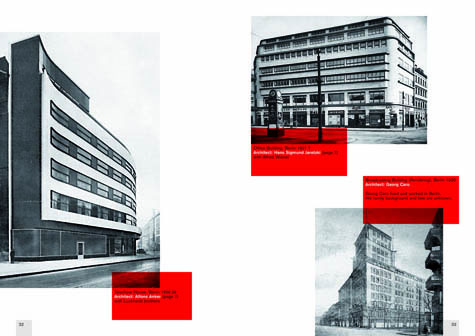
 [Image: Spreads from
[Image: Spreads from 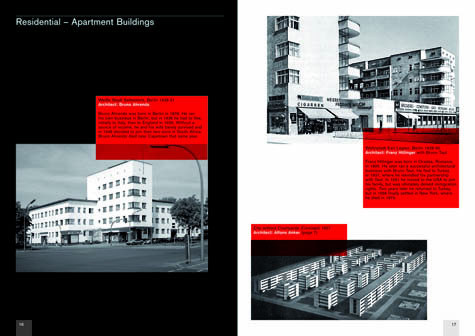 [Image: A spread from
[Image: A spread from 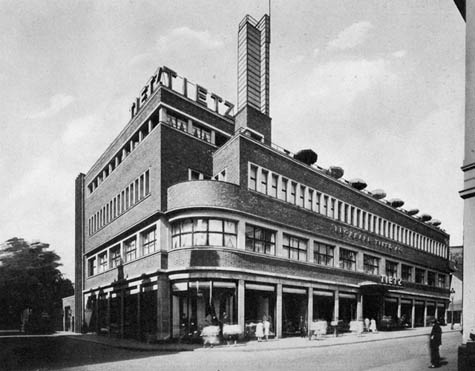 [Image: Tietz Department Store in Solingen (1930?), designed by
[Image: Tietz Department Store in Solingen (1930?), designed by 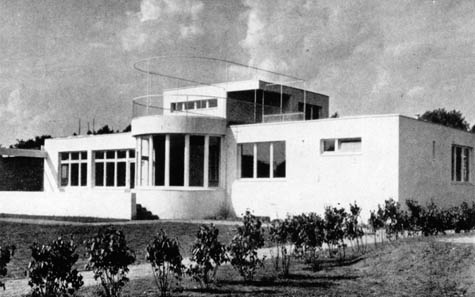
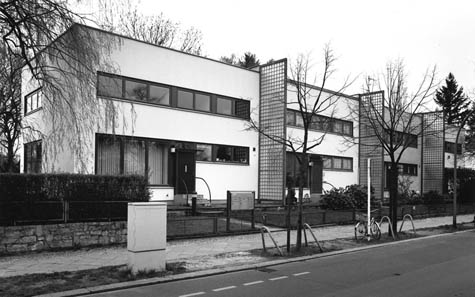
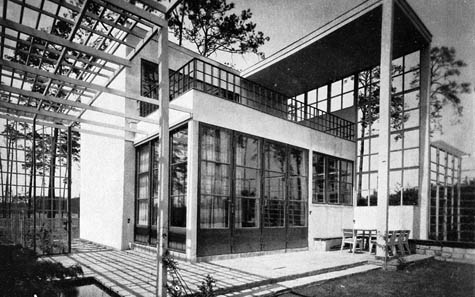
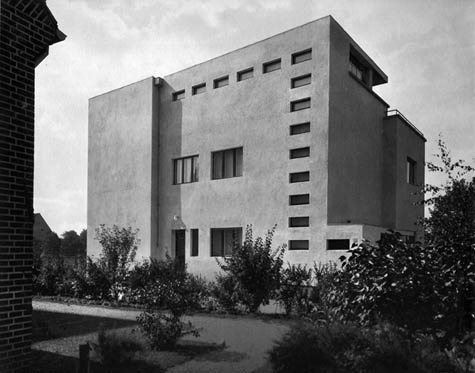
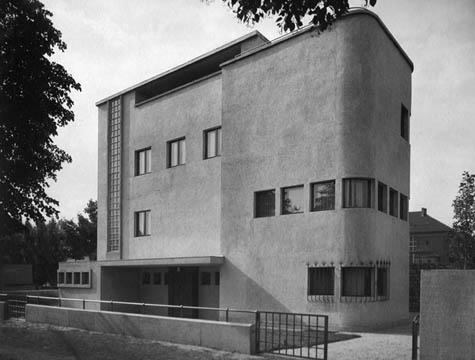
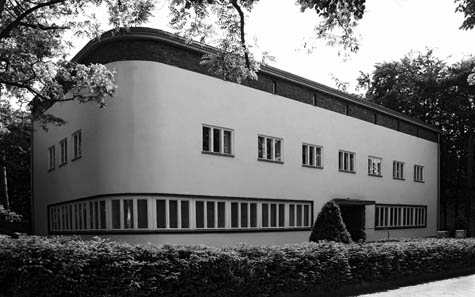 [Images: Showcase House, Werkbundsiedlung Breslow, by
[Images: Showcase House, Werkbundsiedlung Breslow, by